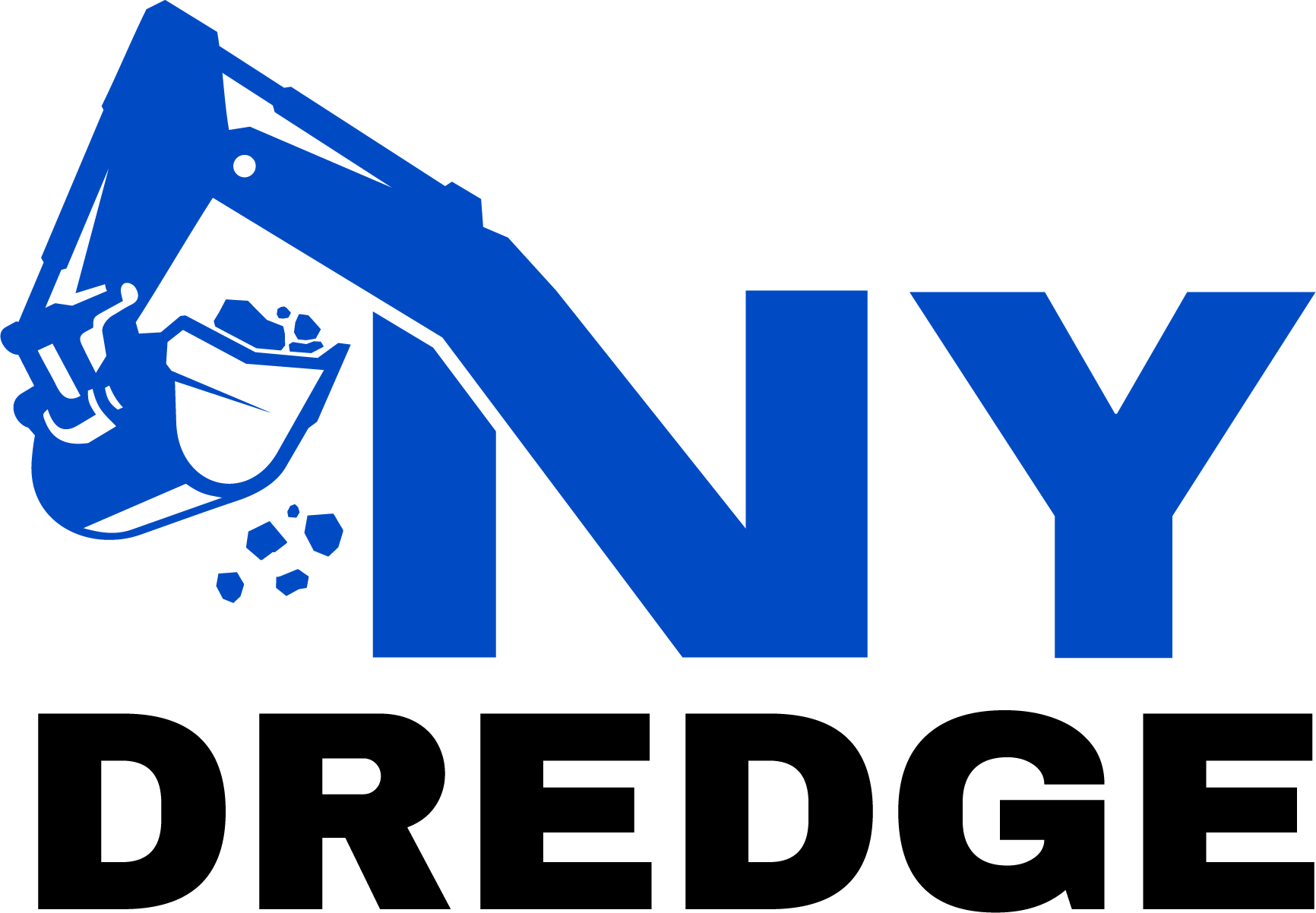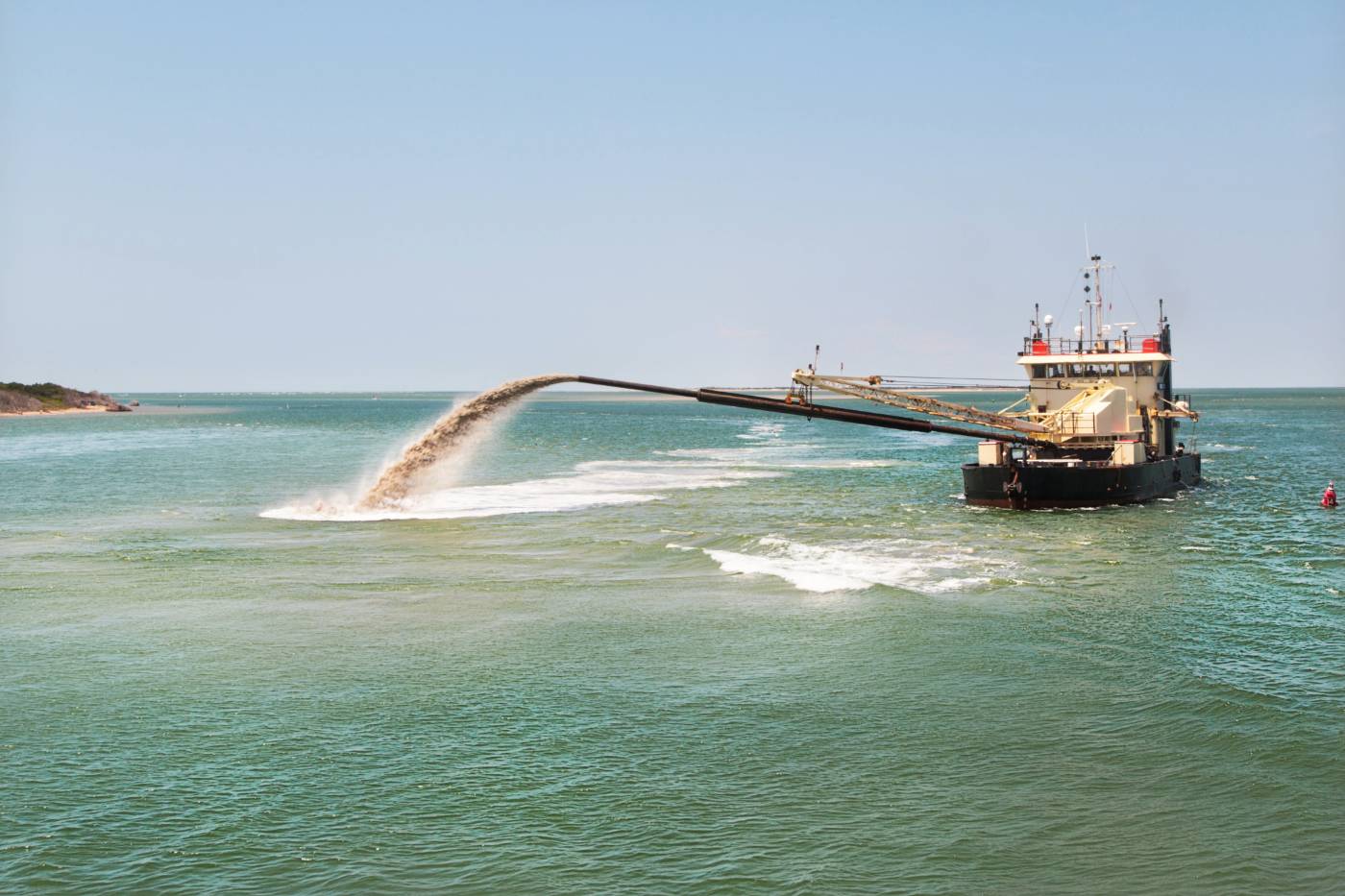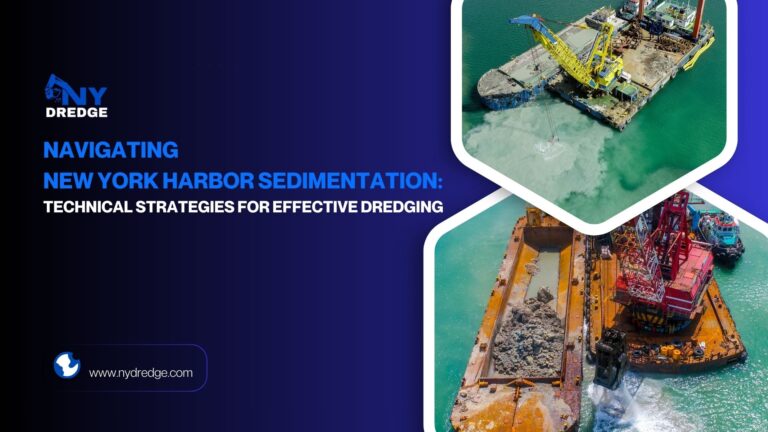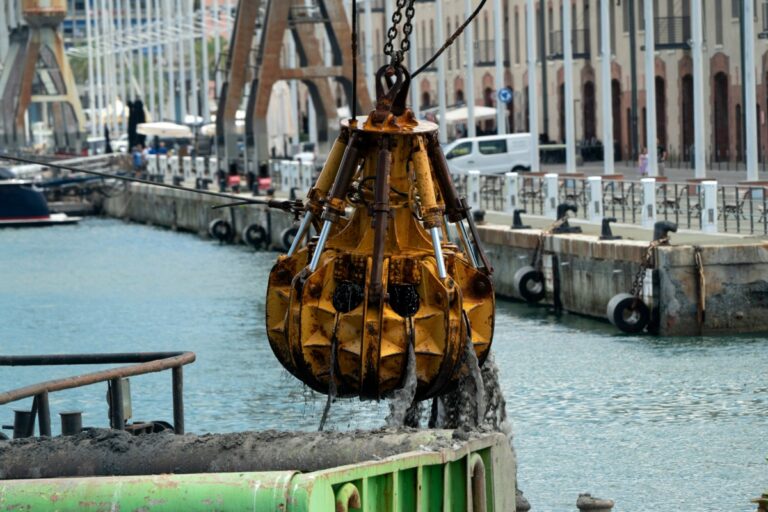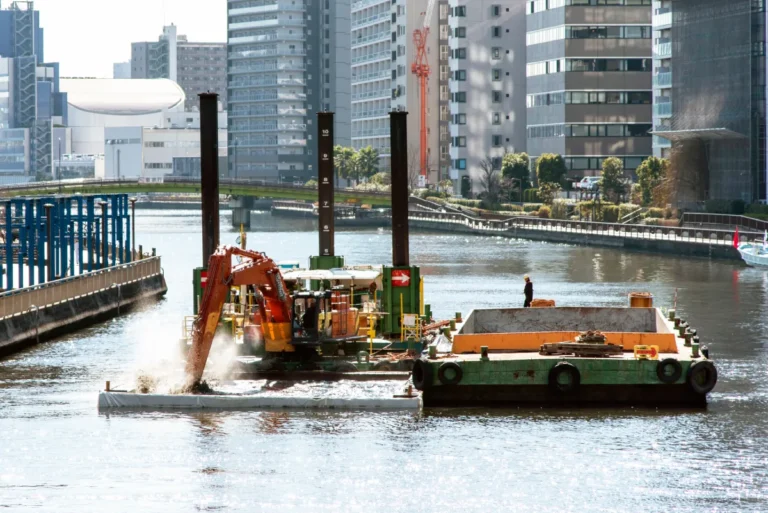Maintenance dredging is the routine removal of sediments, such as silt, sand, and organic material, that accumulate in navigable waterways over time. In both commercial and recreational settings, this process is critical to ensure that harbors and marinas remain functional, safe, and compliant with maritime regulations. To effectively dredge harbor environments, consistent maintenance is necessary to maintain required depth levels, support vessel traffic, and protect infrastructure.
When maintenance dredging is neglected, the consequences can be severe. Sediment buildup reduces channel depth, restricting vessel access and creating significant navigational hazards. In dredge harbor marina settings, this can lead to docking limitations, grounding incidents, and damage to vessels. Additionally, unmanaged sediment accumulation can negatively affect water flow, aquatic ecosystems, and the overall health of the coastal environment, resulting in costly restoration and compliance issues.
This blog is designed to share proven best practices for maintenance dredging that help harbor operators, marina managers, and dredging contractors optimize their operations. By leveraging modern technologies, strategic planning, and the right harbor dredger equipment, stakeholders can improve efficiency, reduce environmental impact, and ensure the long-term operability of their marine infrastructure.
The Role of Maintenance Dredging in Harbors and Marinas
Maintenance dredging is the routine removal of accumulated sediments from harbors, marinas, and navigation channels to preserve their designed depths and ensure safe and efficient vessel operations. Unlike capital dredging, which focuses on deepening or widening waterways for new or expanded infrastructure, maintenance dredging is an ongoing process aimed at managing the natural buildup of silt, sand, and debris over time.
To effectively dredge harbor areas, especially those experiencing regular vessel traffic or located in sediment-rich regions, consistent sediment removal is essential. Without it, critical access points such as berths, fairways, turning basins, and approach channels can become restricted, posing serious navigational hazards and increasing the risk of vessel grounding or congestion. This is particularly crucial in dredge harbor marina settings, where smaller vessels and private docks require consistent draft depths to remain operable throughout tidal cycles.
Harbor authorities and marina operators rely on regular maintenance dredging to preserve waterway accessibility and comply with maritime safety regulations. The deployment of a suitable harbor dredger ensures that sediment is efficiently removed and relocated or disposed of in accordance with environmental standards. A well-managed maintenance program not only enhances operational readiness but also reduces the long-term cost of emergency dredging and infrastructure damage caused by unchecked siltation.
Key Challenges in Harbor Dredging
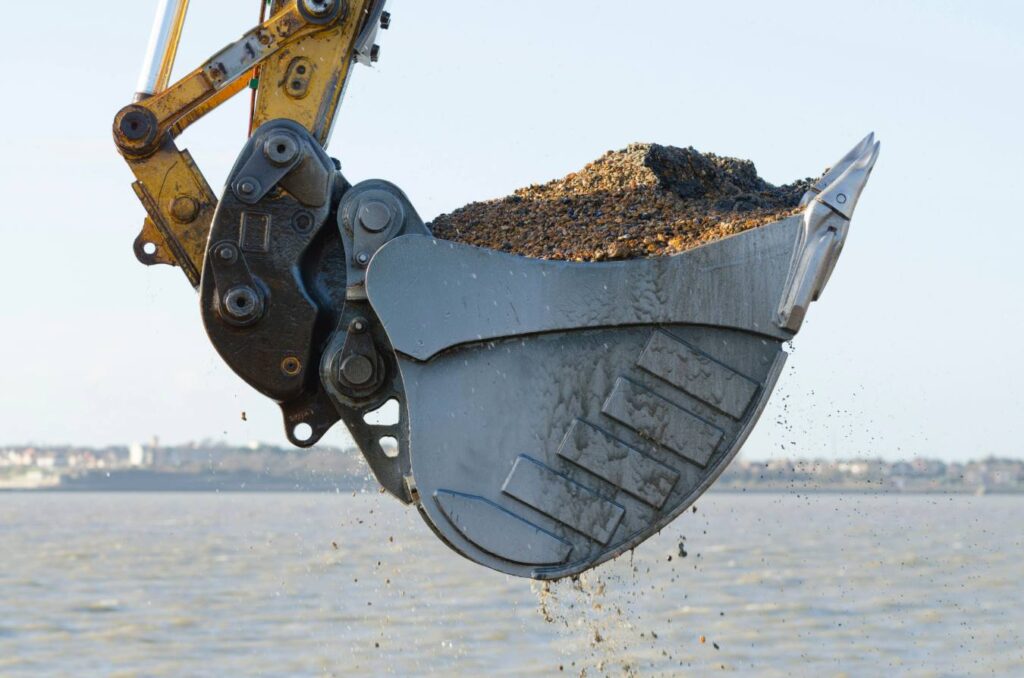
Maintaining navigable waterways requires ongoing attention to several persistent challenges that impact the ability to dredge harbor environments effectively. One of the most common issues is sedimentation and silting, driven by tidal flows, storm activity, and upstream runoff. These natural processes continuously deposit fine materials in harbors and marinas, rapidly reducing water depth and creating obstructions that can hinder vessel access.
Navigational safety is another major concern, as failure to maintain proper draft depths increases the risk of vessel grounding and damage to hulls and propellers. For busy commercial ports and dredge harbor marina facilities, ensuring consistent depth is essential to avoid costly delays, insurance liabilities, and traffic bottlenecks. Even minor deviations from designed channel depths can severely limit access for larger vessels, impacting overall throughput and operational efficiency.
Environmental sensitivity further complicates dredging operations. Many coastal and harbor zones are located near protected marine ecosystems, making it critical to manage dredging activities without disturbing aquatic habitats, contaminating water quality, or violating regulatory requirements. Sediment plumes, turbidity, and displaced marine life must all be considered when deploying a harbor dredger.
Logistics also pose a challenge, particularly in active harbors where dredging must be carefully coordinated with commercial shipping schedules, recreational boating, and marina operations. Timing, equipment mobilization, and disposal planning must be managed with precision to minimize disruption while still achieving the necessary dredging objectives.
Best Practices for Effective Maintenance Dredging
Conducting Hydrographic Surveys and Sediment Sampling
Before initiating operations to dredge harbor areas, it’s essential to perform detailed hydrographic surveys and sediment sampling. These pre-dredging assessments help determine the extent of siltation and pinpoint areas that require immediate attention. Advanced technologies such as multi-beam sonar, LiDAR, and sediment core sampling provide accurate data on bathymetry and material composition, ensuring targeted and efficient dredging. In high-traffic zones or dredge harbor marina locations with rapid sediment accumulation, inspections should be conducted frequently to maintain safe draft depths and prevent service interruptions.
Selecting the Right Harbor Dredger and Equipment
Matching the appropriate equipment to the unique conditions of each harbor is key to a successful operation. Cutter suction dredgers are ideal for compacted sediments, while trailing suction hopper dredgers handle fine materials in deeper areas. For confined or shallow spaces typical of dredge harbor marina settings, excavator-mounted dredgers offer flexibility and precision. Choosing the right harbor dredger reduces fuel consumption, minimizes turbidity, and ensures better handling of sediment types, improving both operational and environmental outcomes.
Strategic Planning and Scheduling
Timing is critical in maintenance dredging. Aligning operations with tidal patterns and scheduling during low-traffic periods reduces interference with port activities. Coordination with marine traffic controllers and port authorities ensures that dredging does not disrupt shipping lanes or marina access. A proactive maintenance schedule—especially one tailored to seasonal variations in sedimentation—helps dredge harbor environments consistently without requiring large-scale interventions.
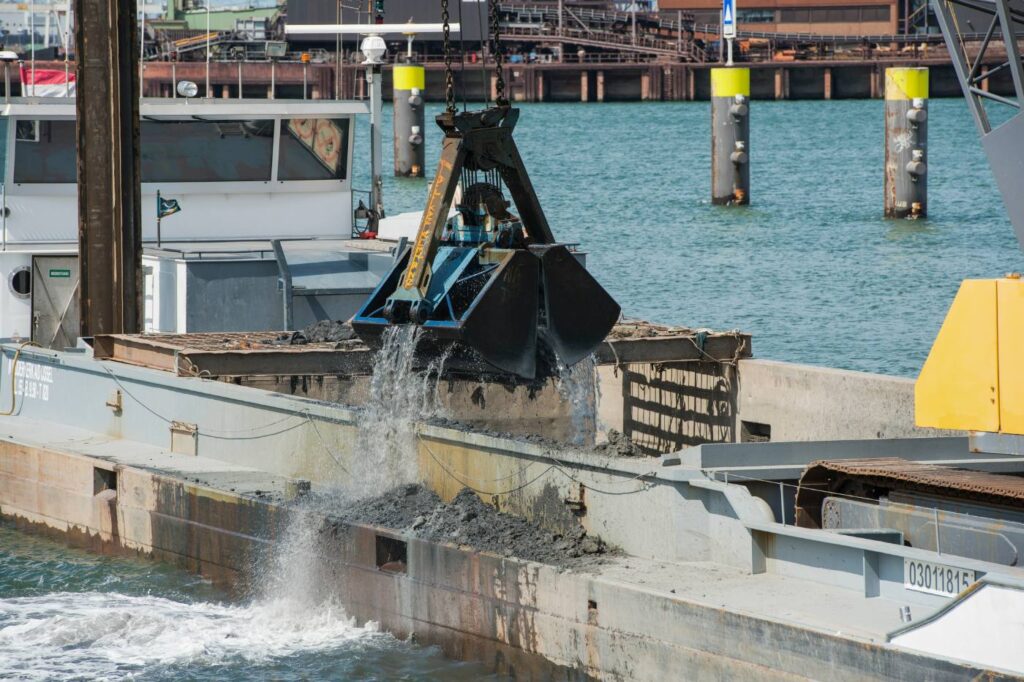
Sediment Disposal and Beneficial Reuse
Proper sediment management is a core component of responsible dredging. Depending on sediment quality, disposal options may include offshore dumping, use in confined disposal facilities (CDFs), or beneficial reuse in beach nourishment or land reclamation. Analyzing sediment content is necessary to determine safe and effective reuse. All activities must comply with local and international regulations governing sediment transport and disposal to avoid penalties and environmental damage.
Minimizing Environmental Impact
To protect sensitive ecosystems near dredge harbor zones, environmentally conscious practices must be implemented. Using silt curtains and real-time turbidity monitoring helps contain suspended particles. Reduced-speed dredging and targeted excavation limit seabed disruption and minimize impact on marine life. Eco-sensitive methods, combined with adherence to environmental permits and frameworks, are crucial in preserving biodiversity, particularly in areas adjacent to dredge harbor marina facilities.
Monitoring and Post-Dredging Evaluation
Post-dredging assessments ensure the operation’s long-term effectiveness. Continuous monitoring with sonar systems and periodic depth checks verify that navigational channels remain within safe parameters. Establishing sedimentation benchmarks allows harbor managers to track deposition rates over time and adjust future dredging plans accordingly. Incorporating these insights into feedback loops helps optimize dredging cycles and reduce operational redundancy, especially when using a dedicated harbor dredger for recurring maintenance.
Compliance and Regulatory Considerations
Any effort to dredge harbor areas must begin with a thorough understanding of the regulatory landscape. Obtaining the appropriate permits and environmental clearances is not only a legal requirement but also a fundamental part of ensuring that dredging operations align with environmental protection standards. In the United States, the U.S. Army Corps of Engineers (USACE) plays a central role in reviewing and approving dredging projects under Section 404 of the Clean Water Act and Section 10 of the Rivers and Harbors Act. Depending on the location and scope, additional oversight may come from state environmental agencies and coastal management programs.
For projects in dredge harbor marina environments, where ecosystems are often more sensitive and community involvement is high, obtaining approval from local maritime authorities is just as critical. These agencies evaluate the potential impact on navigation, water quality, and marine habitats and may impose site-specific conditions to mitigate environmental disruption.
To streamline the approval process and ensure transparency, it’s essential to follow best practices for documentation and reporting. This includes preparing detailed project plans, sediment analysis reports, and environmental impact assessments. Regular updates and post-dredging evaluations should be shared with stakeholders, including port authorities, local communities, and environmental watchdogs. Maintaining clear communication and comprehensive records not only facilitates ongoing compliance but also reinforces trust and accountability throughout the harbor dredger operation.
Cost Optimization and Lifecycle Planning
Effectively managing the financial aspect of harbor maintenance starts with strategic planning and cost forecasting. Budgeting for recurring dredging activities is typically more economical and predictable than relying on reactive, large-scale interventions that arise when sediment buildup is neglected. Proactive strategies to dredge harbor environments allow operators to maintain navigational depth with smaller, more frequent efforts—minimizing disruptions and avoiding emergency dredging expenses that can strain budgets and delay port operations.
Routine maintenance dredging is especially cost-effective in dredge harbor marina settings, where shallow drafts and high vessel turnover demand consistent sediment management. By addressing buildup early, marinas can extend the usable life of their docking infrastructure and avoid costly reconstruction caused by prolonged inaccessibility or structural damage.
Factoring in the full lifecycle of dredging equipment is another critical component of cost optimization. Investing in the right harbor dredger, with fuel-efficient engines and modular components, can significantly reduce operational expenditures over time. Fuel efficiency not only lowers daily running costs but also aligns with environmental compliance requirements. Regular maintenance of the dredger itself also ensures longer service life and higher productivity per dredging cycle, making lifecycle planning an essential part of any budget-conscious harbor management strategy.
Leveraging Modern Technology and Automation
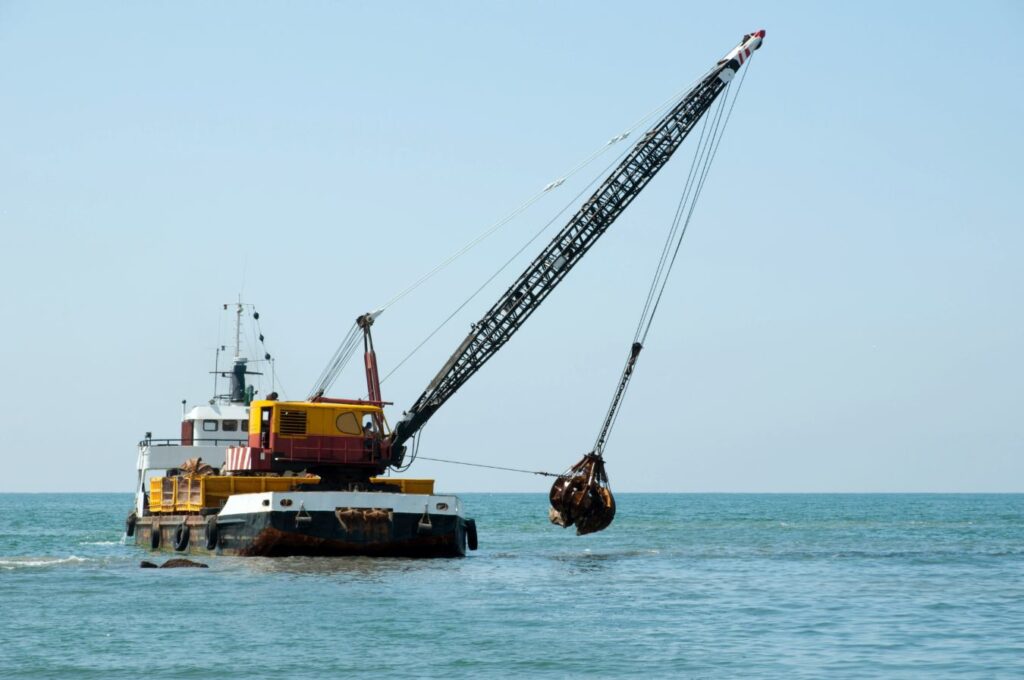
As harbor maintenance demands grow more complex, the integration of advanced technology has become essential to dredge harbor environments efficiently. Dredging software now plays a central role in both planning and execution, allowing operators to simulate operations, estimate material volumes, and optimize project timelines with data-driven precision. These tools support better decision-making and reduce the margin for error, especially when working in sediment-sensitive or heavily trafficked zones.
The use of GPS and GIS mapping systems further enhances dredging accuracy by providing real-time spatial data. Operators can track the position and movement of the harbor dredger, ensuring precise excavation and consistent channel depth. Combined with real-time turbidity sensors, these technologies also help monitor environmental impact during operations, a critical consideration in dredge harbor marina areas where aquatic habitats and water quality are closely regulated.
One of the most significant advancements in recent years is the adoption of remote-controlled and automated dredging platforms. These systems minimize the need for onboard personnel and reduce safety risks while increasing operational efficiency. Automated dredgers can work continuously with minimal downtime, offering consistent results even in challenging conditions. In modern dredge harbor projects, these innovations are redefining what’s possible in terms of precision, sustainability, and cost-efficiency.
Conclusion
Implementing best practices in maintenance dredging is essential to sustain the long-term functionality and safety of harbor and marina operations. From conducting precise hydrographic surveys to selecting the right harbor dredger and utilizing advanced planning software, each step plays a critical role in maintaining navigable waterways. Regularly scheduled dredging helps control sediment buildup, minimize environmental disruption, and prevent unexpected operational downtime, ensuring that facilities can meet the demands of both commercial and recreational vessel traffic.
As the need to dredge harbor areas grows alongside global maritime activity, incorporating modern technologies such as GPS-guided systems, turbidity sensors, and automated dredging platforms will become increasingly important. These innovations not only improve operational accuracy and efficiency but also support sustainable practices that are vital in sensitive dredge harbor marina environments. By staying ahead with proactive strategies and reliable equipment, harbor and marina operators can confidently manage their waterways while reducing long-term costs and environmental risks.
